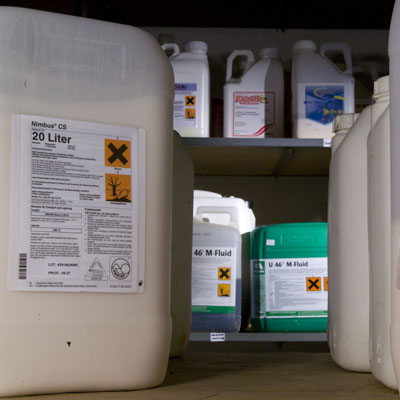Hazardous Substances Law

Industrialised societies develop and use a wide range of chemical substances including pesticides, coatings, pharmaceuticals, cosmetics, scents and nano-substances. If these chemicals make their way into the environment, they can accumulate and pose a risk to humans, animals and plants. To protect against these risks, a number of regulations to control and deal with hazardous substances have been drawn up, particularly at EU level, for instance the REACH-Regulations on chemicals, the law on pesticides, or the European legislation on pharmaceuticals. However, alarming findings of all kinds of substances in the environment, and even in drinking water, show that the existing control systems do not satisfactorily capture the risk situation. This applies especially to so-called micro-pollutants such as pharmaceutical substances, which are notoriously difficult to control due to their specifics (entry in small quantities, in some cases high ecotoxicological potential, uncertainty aboutchronic and cumulative effects, difficulties with analytical detection methods).
To solve these areas of conflict, we analyse and develop recommendations for existing substance- and product-based control systems, examine how they can be interlinked with water protection law and investigate the steering potential of taxation instruments. Complex action strategies to reduce the environmental and health risks posed by chemical substances and micro-pollutants in the aquatic environment are being designed. The department also deals with the transposition of European directives on hazardous substances into national law (e.g. REACH-Regulation, designation of priority substances) and makes contributions to the conceptual development of the law on hazardous substances.
Selected projects
Risks of chemical substances, water quality and control of chemicals
